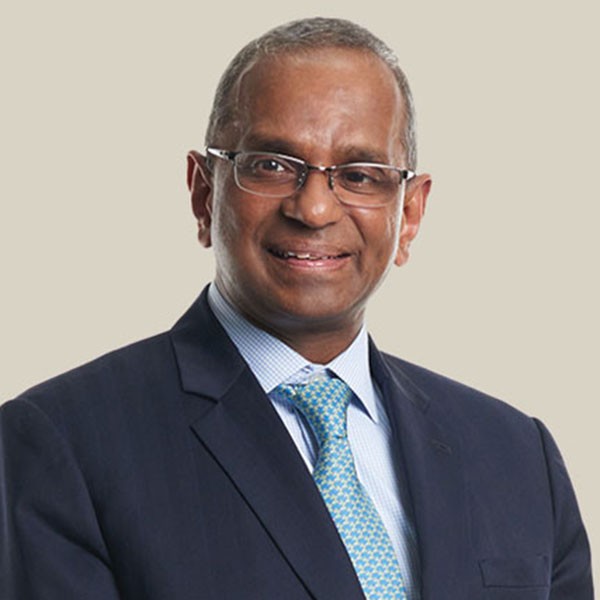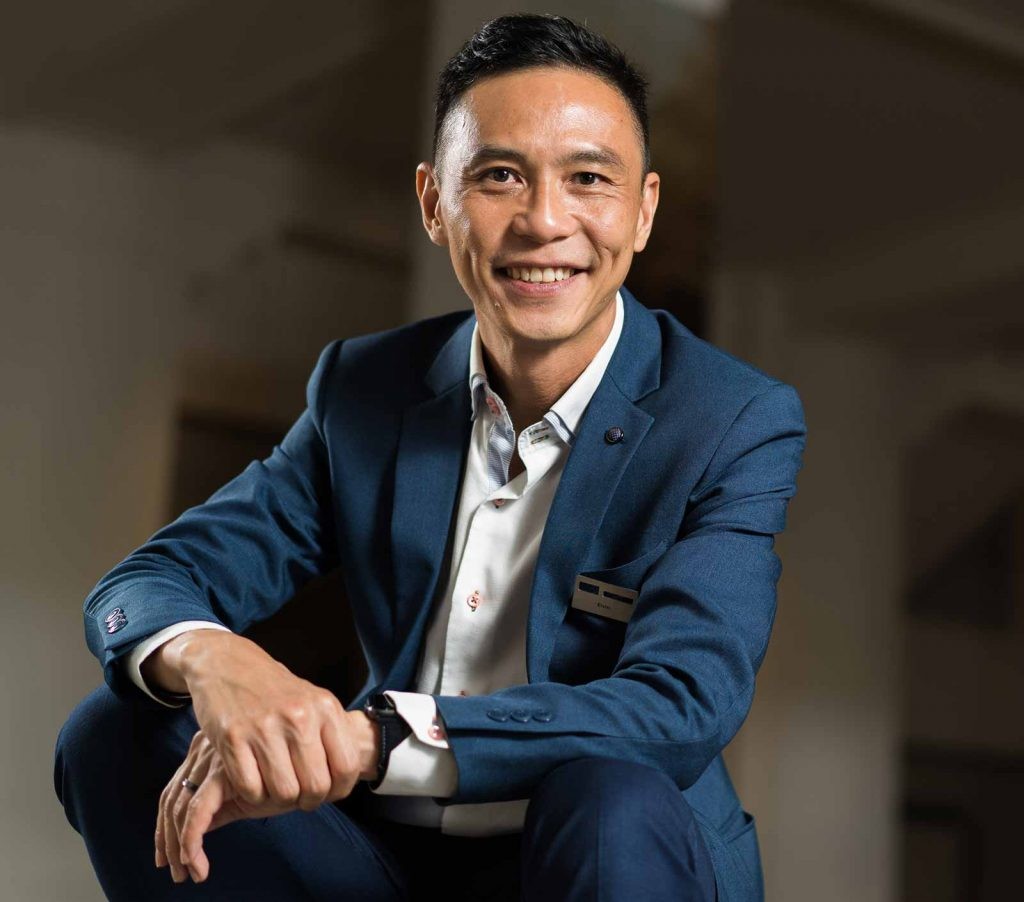
Having overcome the Covid-19 pandemic in good shape, Singapore is wasting little time in readying itself for the post-crisis future, with recent speeches by senior leaders giving a clue as to its strategy going forward. In essence, it looks like it is doubling down on its global city strategy.
Clearly, Singapore’s planners do not see deglobalisation slowing the flows of goods, services, capital and people that sustain global hubs. If this approach is complemented with other necessary policy changes, it should succeed in further raising Singapore’s standing as one of the pre-eminent hearts of commerce and finance in the world.
Global city strategy
Prime minister Lee Hsien Loong and his colleagues have used recent statements to sketch out the city-state’s approach to its next stage of development.
The first prong of the strategy concerns the physical infrastructure that Singapore needs to out-compete rivals. To this end, Lee indicated that Singapore would continue to build up its port through its S$20bn development of a highly automated mega-port at Tuas on the western tip of the island – the first few berths have just opened.

A new category of work passes for foreigners will give those with specialised skills an easier route to working in Singapore
With a quay length of 26km, the Tuas port will be the largest in the world, enjoying substantial economies of scale. Innovative technology is being developed in-house that will make Tuas one of the most automated and cost-efficient ports around. Already benefiting from network effects and the critical mass of supporting activities, this should help Singapore extend its competitive advantage in maritime services.
Singapore remains confident in prospects for global aviation, despite fears that air travel will slow post-Covid. Its planners have revived the S$10bn project to build a fifth terminal at Changi Airport. But the airport design has been enhanced to account for changing patterns of air travel and travellers’ demands. Again, the idea is to strengthen Singapore’s role as the aviation hub of the region even as competition intensifies.
Pulling in talent
The second prong of the strategy is focused on attracting talent. Recognising that global cities thrive if they are able to concentrate large numbers of diverse talents in a single place, Singapore is expanding efforts at drawing in the right types of skills. A new category of work passes for foreigners will give those with specialised skills an easier route to working in Singapore.
Unlike the previous period of massive growth in the foreign workforce in 2004-11, however, the authorities are being more selective and also more careful to incorporate protections for the local workforce in their plans. The government has learnt from the strong public backlash to the previous wave of inward migration and knows it has to ensure the political sustainability of a global city strategy.
A third element of the strategy is to enhance the attractiveness of Singapore’s wealth management activities. For example, the authorities have come up with a new form of corporate entity, the variable capital company, which is proving to be a major draw for family offices and high net worth individuals.
Improving outcomes
The Singapore economy is clearly on a roll. While activity will slow somewhat as the global economy loses momentum in the coming months, it is still likely to grow in line with its potential. For the longer term, however, while the above strategies will help, more needs to be done. Singapore suffers deficits in innovation, productivity and entrepreneurship that need to be tackled.
While the city-state is remarkably proficient in mobilising inputs for innovation, the outcomes have not been in proportion, suggesting that innovation efficiency is weaker than it should be: policy-makers need to investigate why this is so and how to improve innovation outcomes. Similarly, productivity growth has been slow for some time and there does not seem to be a solution in sight.
Finally, the indigenously-owned private sector has not been marked by the dynamism evident among its competitors, resulting in excessive reliance on multinational companies and government-linked companies. The recent dynamism of the start-up scene in Singapore is encouraging, but it remains to be seen whether this is a substantive turning point in local entrepreneurship.
The good news is that there is reason to expect changes. In time, the full complement of necessary policy moves will be made, allowing Singapore to increase its edge as a pre-eminent global city.


